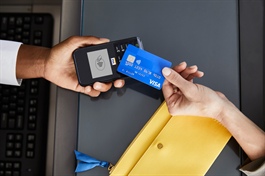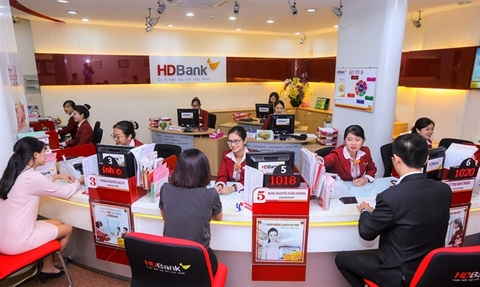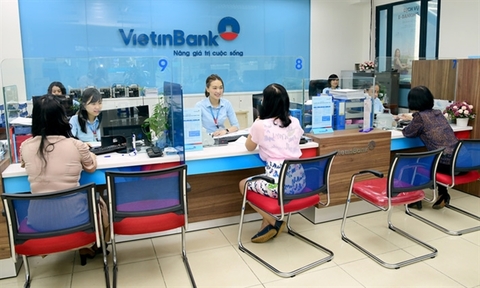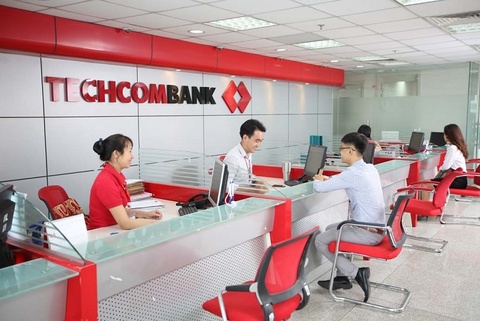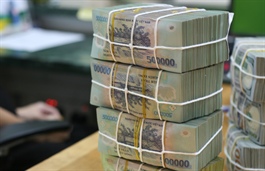E-wallet firms battle for slice of cashless payment pie
E-wallet firms battle for slice of cashless payment pie
E-wallets firms are battling for a piece of the cashless payment market amid rapid growth in the context of the COVID-19 pandemic.
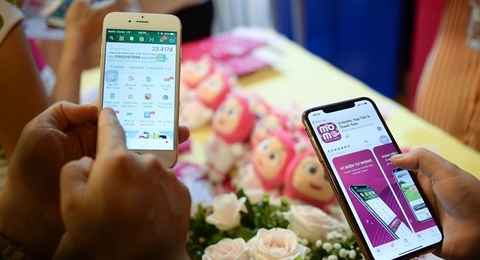
Mobile wallet and digital payment app MoMo this week announced a deal with Be Group to provide cashless payment services on the ride-hailing platform which only accepted credit card payments previously.
SmartPay wallet also expects to see rapid growth after launching online saving services two weeks ago, which it worked on with Viet Capital Bank.
Lu Duy Nguyen, head of SmartPay’s Product Development, said the e-wallet firm hoped to have four million users and one million acceptance points. SmartPay entered the market since May 2019 and now has 1.7 million users, 65 per cent of them verified.
Airpay has launched several promotions, including free shipping and cash refunds for users of platforms within its ecosystem, including online game and social platform Garena, restaurant management app Ocha, food and restaurant review platform Foody, on-demand food delivery app NowFood and e-commerce platform Shopee.
This year has seen the speeding up of digital payments, Tran Tuan Anh, CEO of Shopee Viet Nam. When Viet Nam imposed social distancing, the platform saw digital payment demand soar in, Tuan Anh said, forecasting that the trend would continue growing.
Shopee’s statistics showed Ha Noi, Da Nang and Thua Thien Hue had the highest percentages of cashless payment. About 80 per cent of cashless payments were conduced by users aged from 18 to 34.
Viet Capital Bank said online saving transactions in the first half of this year were six times higher than in the same period last year.
When the COVID-19 pandemic began, many banks worked with fintech companies to promote cashless transactions, not only in payment but also in digitalisation of financial transactions, Do Thanh Nam, e-banking director of Viet Capital Bank said.
A study of Boston Consulting Group (BCG) published in May showed e-wallets are used by only 13 per cent of Southeast Asia’s “unbanked” urban population segment, which includes nearly half of Indonesian and two-thirds of Vietnamese adults. However, the study indicated e-wallet penetration among the region’s unbanked would surge to 58 per cent by 2025.
There was very strong interest among consumers to use e-wallets to pay for products everywhere, from hawker stands and food courts to grocery stores, BCG said.
More than a third of Southeast Asian consumers surveyed were willing to shift some of their banking activity, including credit cards and loans, to non-bank digital players, the study said, pointing out that up to 10 per cent of deposits and up to 12 per cent of credit card business in Indonesia, Malaysia, Thailand, and Viet Nam could move to non-bank digital players.
According to market research company Asia Plus, there are more than 20 e-wallets in operation in Viet Nam, with 94 per cent of the market share in the hands of MoMo, ViettelPay, Moca, Airpay and ZaloPay.






